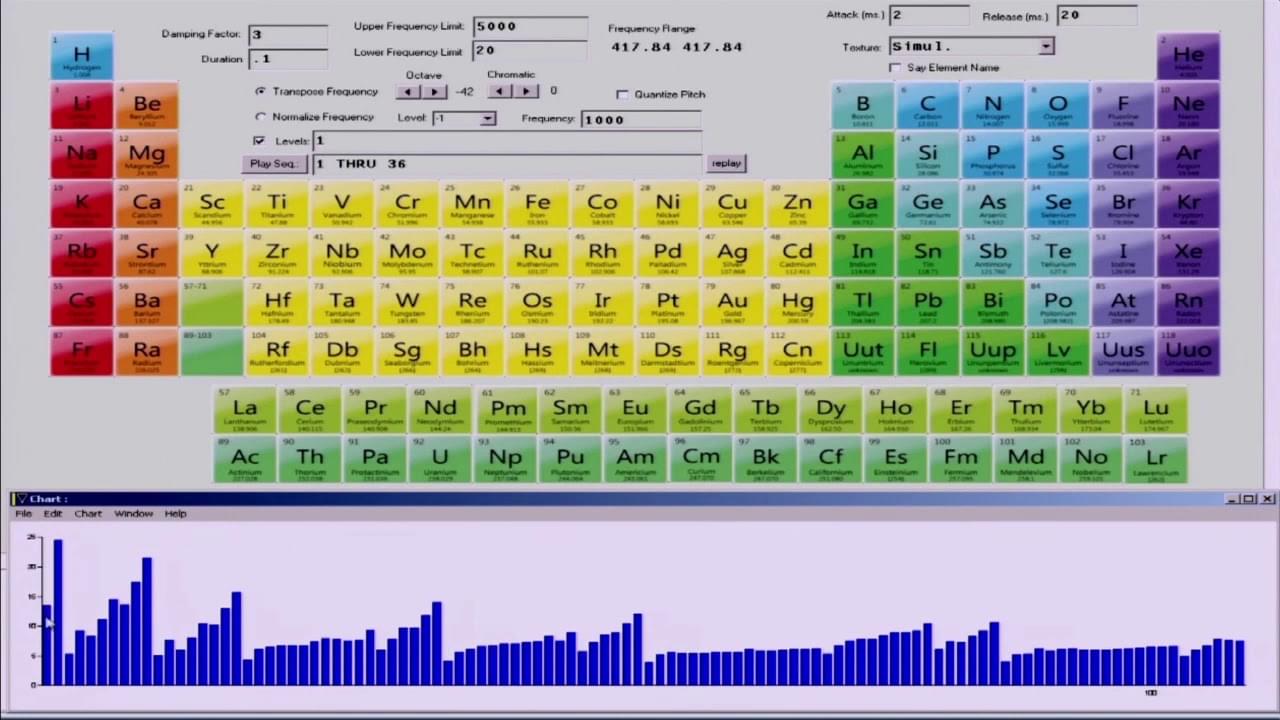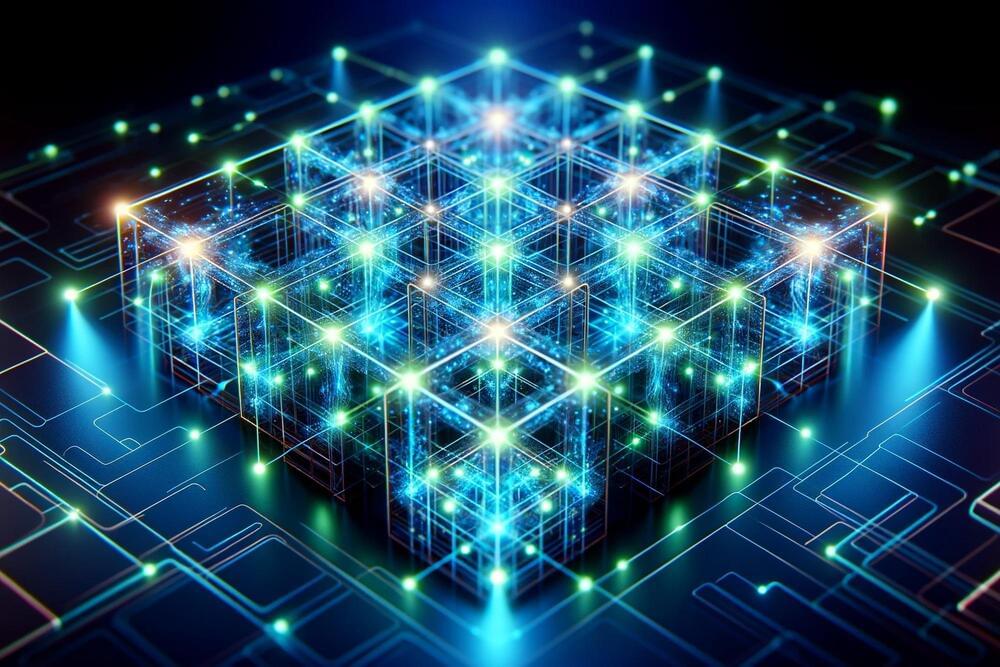Jul 6, 2024
Stanley Jordan Plays the Periodical Table (Ionization Energies)
Posted by Saúl Morales Rodriguéz in categories: computing, mobile phones, particle physics, quantum physics
The ionization energy is the amount of energy required to remove a single electron from an atom. If the atom has more than one electron, each one requires more energy than the previous one. The result is a series of increasing energy levels, and in the quantum world these energies correspond to frequencies, as in a musical scale.
This raises an interesting question: if we could hear these frequencies how would they sound? I created an app to find out, and in this video I used my app to share what I learned. As it turns out, the results are quite musical.
Continue reading “Stanley Jordan Plays the Periodical Table (Ionization Energies)” »


















